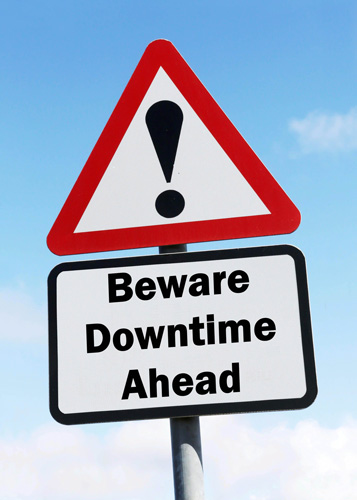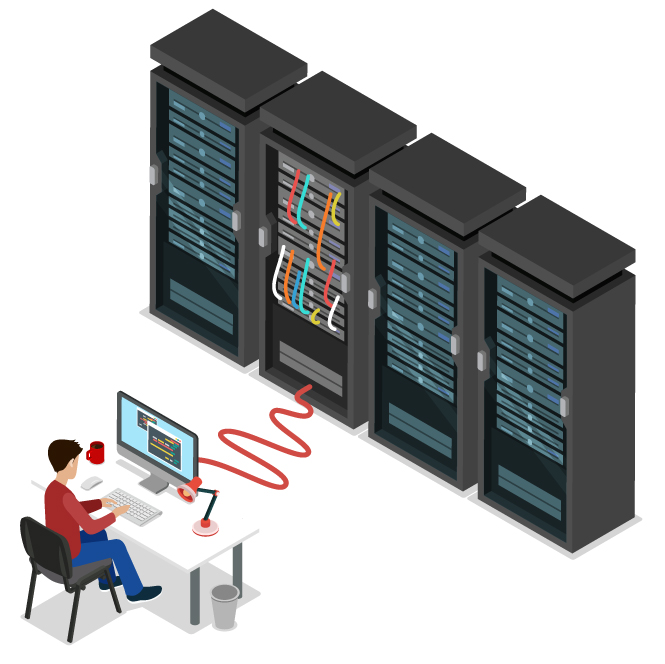What could stop your baggage handling system in its tracks? How serious are you about security software threats?
As long as your system is operating as normal, there’s a chance you haven’t considered these critical questions or the overall health of your strategy to ensure your operation remains secure. In today’s interconnected world, that could be an enormous mistake.
At Kasa, we are system control and automation experts for baggage handling and other conveyorized systems (and not necessarily specific IT security professionals) but we’ve learned a thing or two about some key steps you can take to ensure your conveyor systems function properly and securely.
Be Proactive, Not Reactive

Perhaps the most important attitude change you can make to ensure your operation and systems are secure and functioning to the best of their ability is to be proactive, not reactive. Let’s dive into some real life examples.
One of our customers had a system running the same software and hardware as it did on install day, several years prior. The system included a redundant hard drive and backup server which both experienced failure! Unfortunately, no one at the customer’s location monitoring the system noticed, because they were in fact, not monitoring the servers either physically or via management software.
By the time the main system crashed on a reboot, it took five days for the system to get back up and running – and that’s a typical timeframe for a complete system failure due to lead time on parts, time needed for a total rebuild, and more.
How much productivity did they lose in five days?
Another customer of ours, by contrast, contacted us when the servers installed with the system originally had turned five years old. They sought a consultation for their operating system and server hardware upgrade, and we were able to support their IT team by helping them migrate their Ignition Software (an industrial software we use for Supervisory Control and Data Acquisition, i.e., SCADA, from Inductive Automation) install.
In this way, the company experienced a rather painless upgrade that completely avoided a potential catastrophic failure.
Stay on Top of the Age of Your Systems
The easiest way to engage in that proactivity is to audit what your operation is currently using thoroughly and often.

By partnering with Kasa Controls & Automation during this process, we can recommend the appropriate operating system, software and server hardware upgrades, getting you up to speed with the latest updates.
This process will protect you against attacks, security holes and failures common as systems age. The closer to end-of-life or being out of date your system is, the more likely it is to experience one of these hindrances.
Better yet, Kasa Controls & Automation can work with you to tie into your system, running this initial assessment and backing it up with ongoing scheduled checks to become aware of potential issues more quickly.
For operations without IT services, Kasa Controls & Automation can also install remote monitoring software to provide critical visibility, before it’s too late.
Contact Kasa Today
The typical lifespan of an average server is between three and six years. As you approach and move through this range, you risk hardware failure, software age out, and more.
What would even one day of downtime cost you? By being proactive in controlling your IT vulnerability, you don’t have to find out.
To learn more, contact Kasa today.

